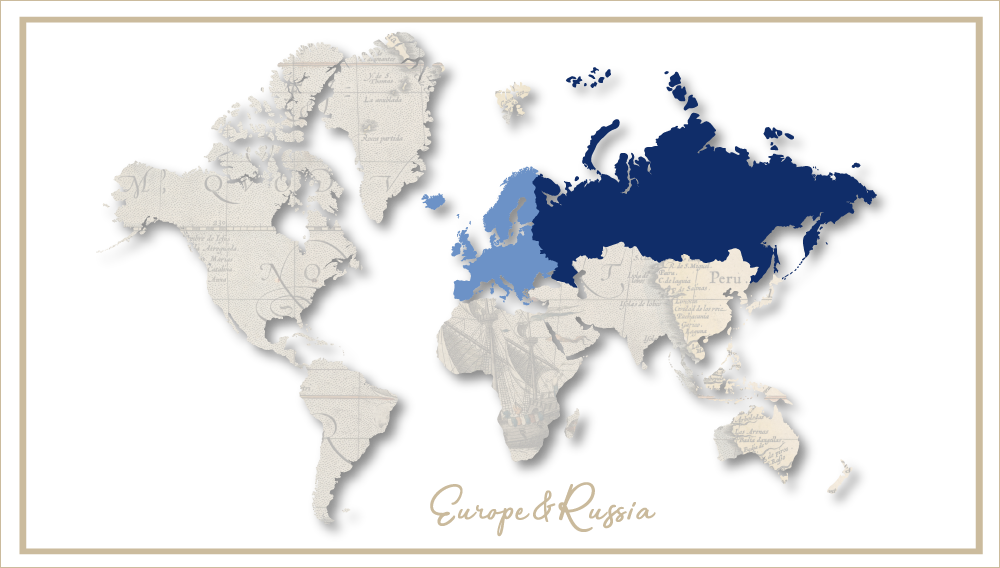Polishing the figures
Many raised an eyebrow when AB-InBev reported its first quarter 2011 figures. While in the U.S. the world’s number one brewer lost about one million hl in beer output compared to the same quarter last year, beer sales in Western Europe were up 0.4 percent. In Germany, sales rose almost one percent.
Is this the proverbial silver lining that things are turning to the better in Germany?
Hardly. What AB-InBev failed to tell the analysts was that towards the end of 2009 their German unit had artificially raised sales figures by forcing wholesalers to stock up on their brands. This meant that executives met their bonus targets in 2009. However, sales in January 2010 dropped massively as wholesalers tried to empty their warehouses stocked to the roof.
It’s because of this low 2010 base that the first quarter comparison for Germany looks so favourable.
Ultimately, though, there is no denying the fact that in 2010 AB-InBev saw the sales volume of Beck’s decline 16 percent over 2009. The mainstream brand Hasseröder dropped 13 percent, the Franziskaner wheat beer brand 7 percent and Löwenbräu 16 percent (all estimates by Dr Kelch, market research for BRAUWELT).
Note: polishing facts and figures catches up with you in the end.


